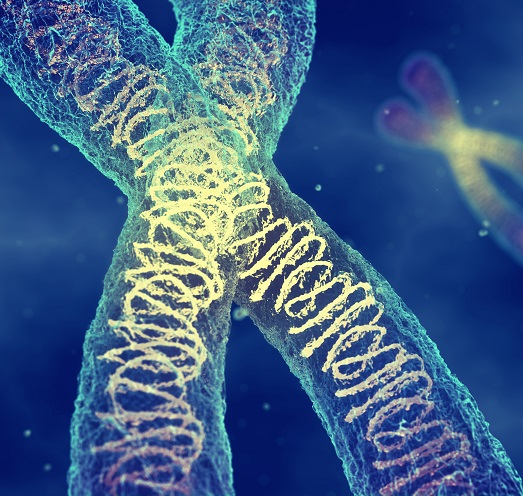 A recent perspective piece in Nature explores how incorporating analysis of sex and gender into scientific and engineering research can engender discovery, increase experimental reproducibility and efficiency, suggest new methodologies, and promote social equity. Written by Cara Tannenbaum, M.D., M.Sc., Scientific Director of the Institute of Gender and Health of the Canadian Institutes of Health Research; Londa Schiebinger, Ph.D., Director of Stanford University’s Gendered Innovations project; and colleagues, the article describes exemplar scientific inquiries that have incorporated sex and gender analysis and led to consequential findings and advancements.
A recent perspective piece in Nature explores how incorporating analysis of sex and gender into scientific and engineering research can engender discovery, increase experimental reproducibility and efficiency, suggest new methodologies, and promote social equity. Written by Cara Tannenbaum, M.D., M.Sc., Scientific Director of the Institute of Gender and Health of the Canadian Institutes of Health Research; Londa Schiebinger, Ph.D., Director of Stanford University’s Gendered Innovations project; and colleagues, the article describes exemplar scientific inquiries that have incorporated sex and gender analysis and led to consequential findings and advancements.
For instance, promising avenues for new cancer therapies have emerged from an improved understanding of how genes and hormones relate to sex differences in immunity. Including both sexes in the testing of equipment such as seatbelts and airbags has increased the efficacy of these devices and improved the safety of all. Study of sex-specific responses to water temperature, acidification, and other environmental factors has illustrated the impact of climate change on green sea turtles and other marine life.
The authors also suggest a plan for all scientific disciplines, funding agencies, and publications to implement sex and gender analysis. Their plan makes recommendations such as disaggregating data by sex and/or gender; including both male and female animals, cells, or humans in experiments; recognizing and mitigating sex and gender biases in human interactions with technology and artificial intelligence; expanding consideration of sex and gender analysis into the physical sciences; and integrating sex and gender analysis into scientific policy.
You can read the full article, which was supported in part by NIH, here.
